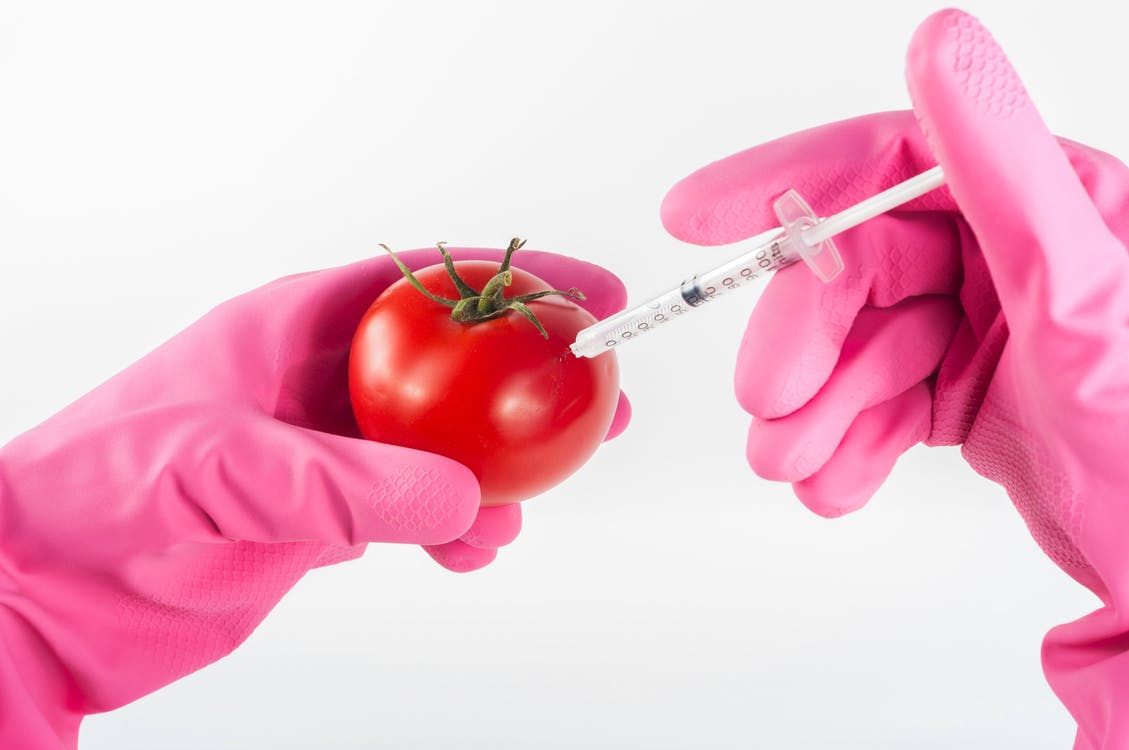Organic Food vs GMOs

At a Glance
Discipline
- STEM
- Biology
Instructional Level
- College & CEGEP
Tasks in Workflow
Social Plane(s)
- Individual
- Group
- Whole Class
Type of Tasks
- Collecting & seeking information
- Discussing
- Debating
- Writing
Technical Details
Time
- Multiple class periods (2-3 classes)
Instructional Purpose
- Application & knowledge building
Overview
In this activity, students debate whether or not there is any benefit to buying organic foods. The instructor gives a lecture describing what organic foods are and how they are defined by the Canadian government. Students are prompted with questions during the lecture to get them to think about differences between organic food and GMOs.
At the end of the lecture, the instructor introduces the debate topic (outlined in ‘Debate Information’ pdf in the activity package). Students get into (or are assigned) groups: one group will argue for buying organic food, and the other will argue against buying organic food. Students are given time in class to think up arguments for their groups position. At home, students collect peer-reviewed evidence for their groups arguments. In the following class, groups put together their arguments and rebuttals, then they debate. Students from each team take turns presenting their arguments and rebuttals. At the end of the class, the instructor goes over the claims from both sides and briefly walks students through misconceptions about organic food. At home, students are then expected to a lay write an article about organic food which they will submit for instructor evaluation.
Instructional Objectives
To encourage students to use critical thinking when reading about science in the media, how it might be misrepresented, and to search for evidence-based claims from reliable sources. To get students to ask the question ‘why’ more often; to question what they read and write, not only in terms of science represented in the media, but also in peer-reviewed articles.
Workflow & Materials

Activity Workflow
Applied Strategies
Published: 18/09/2018
Copyright: © 2025 Gregg. This is an open-access article distributed under the terms of the Creative Commons Attribution License (CC BY). The use, distribution or reproduction in other forums is permitted, provided the original author(s) and the copyright owner(s) are credited and that the original publication on this website is cited, in accordance with accepted academic practice. No use, distribution or reproduction is permitted which does not comply with these terms.
